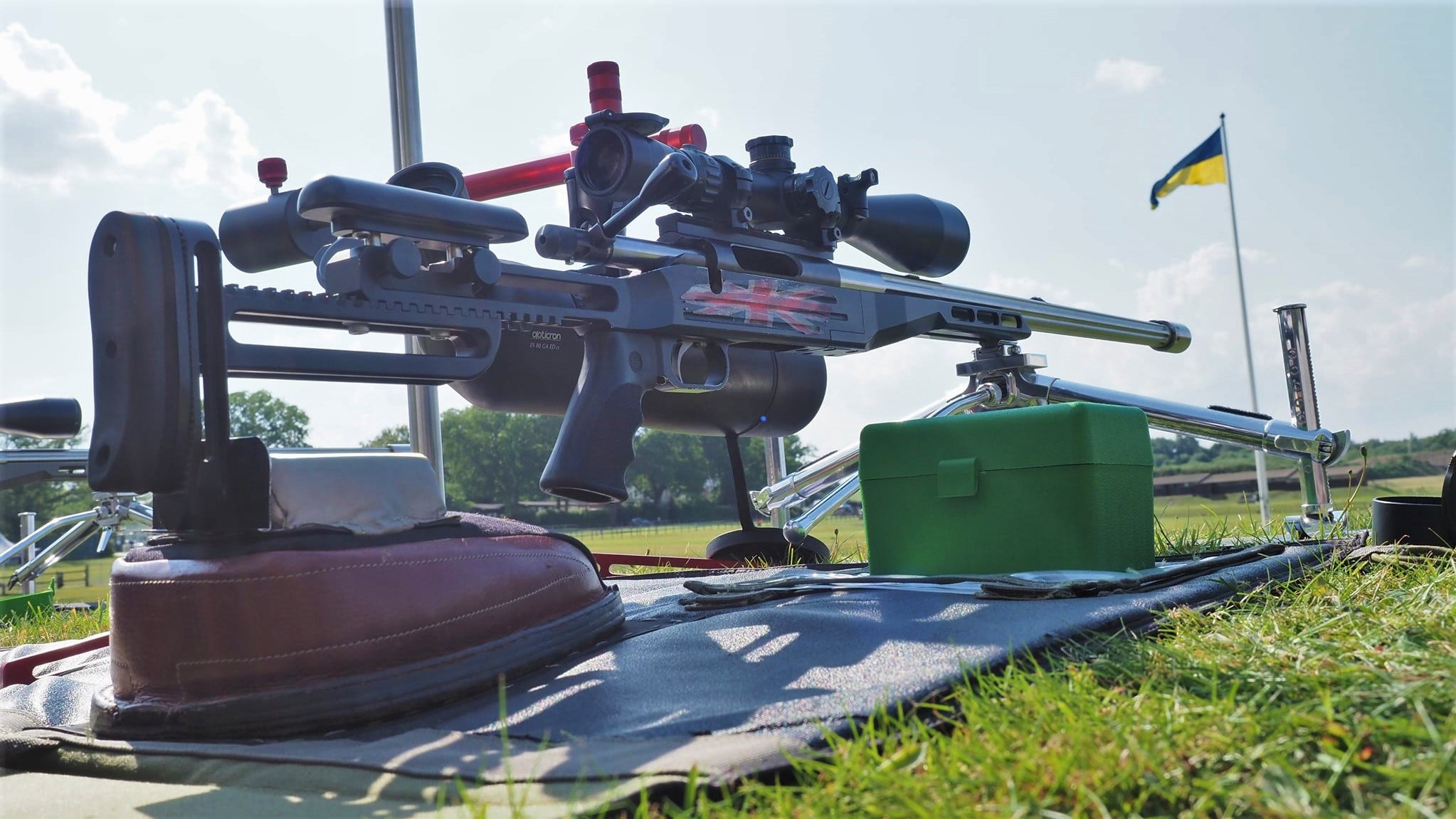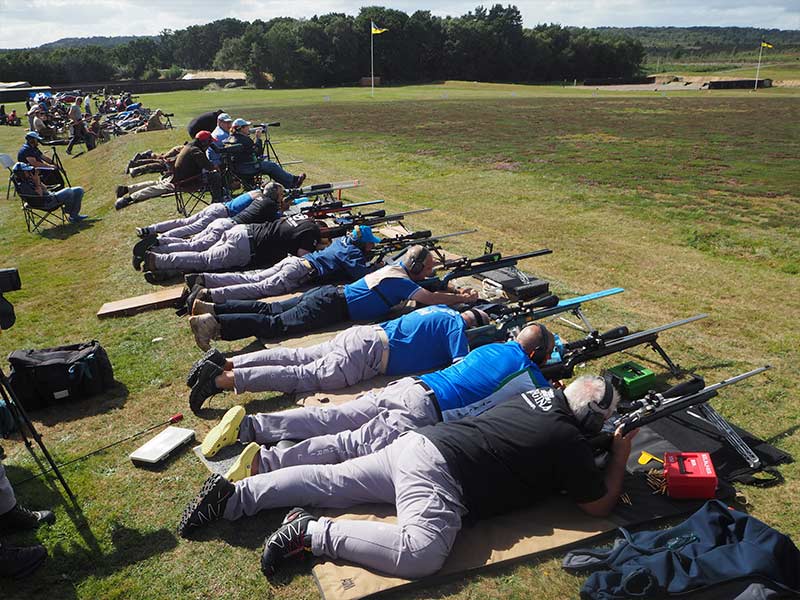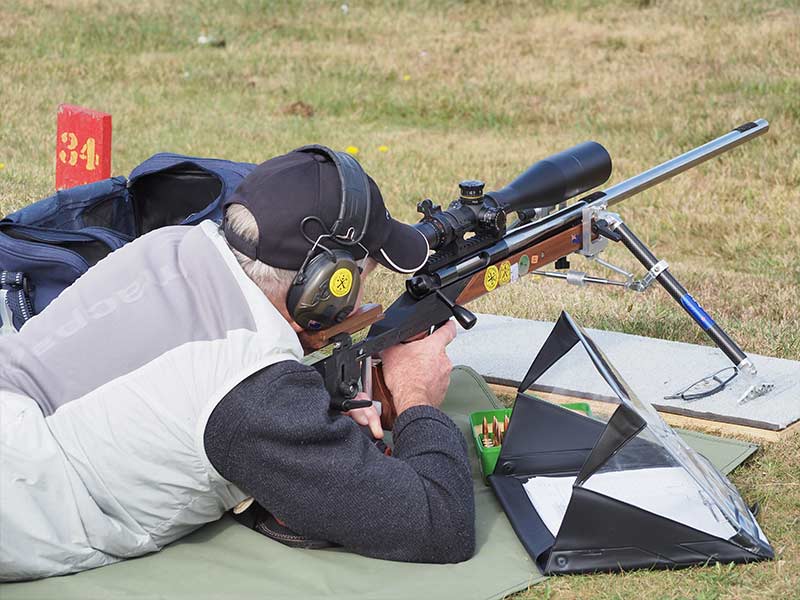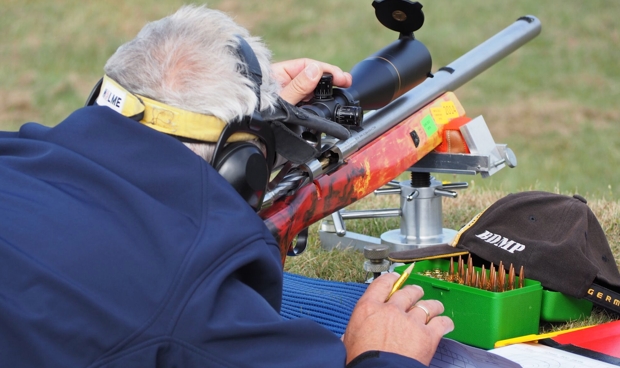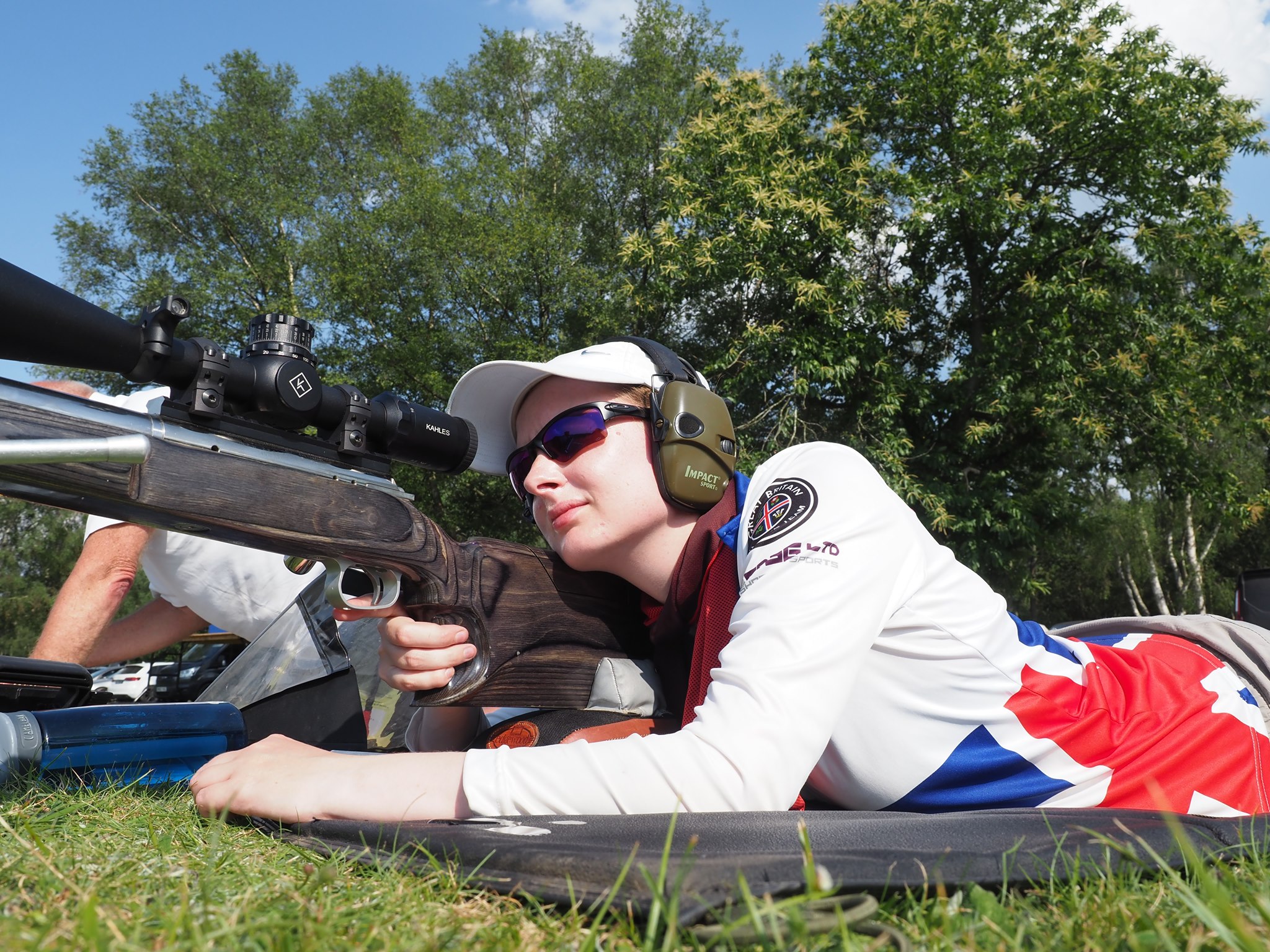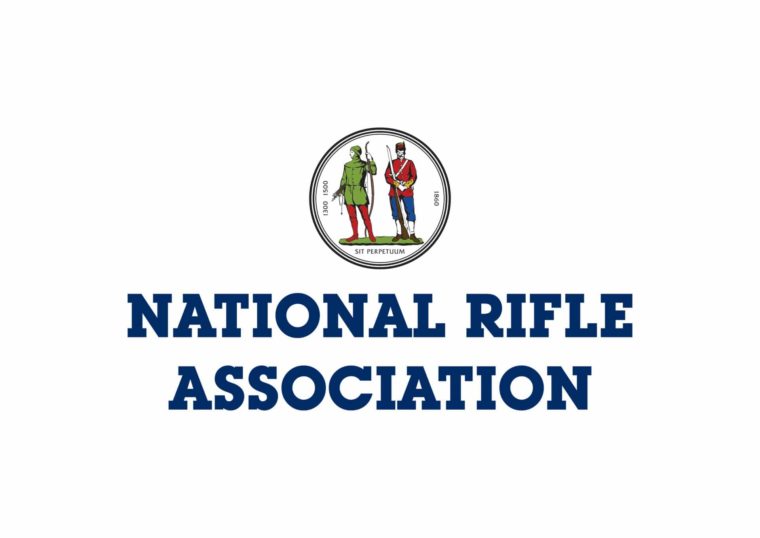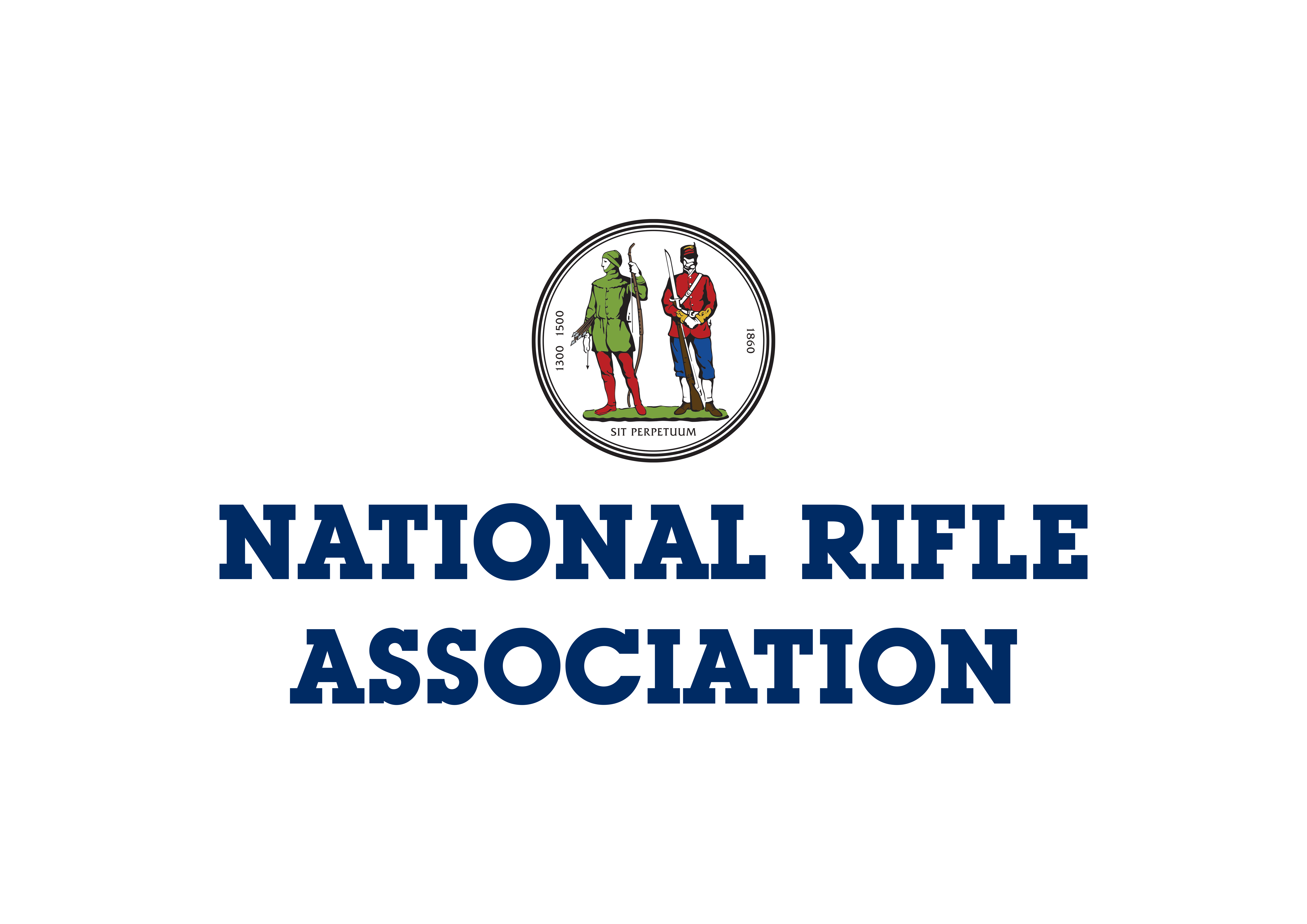F Class
Quick Links In The Section
History
The name ‘F Class’ is taken from its founder; George Farquharson of Canada, who originally wanted to find a way of staying competitive at shooting when his eyesight gave up. He added a telescopic sight onto his rifle, and to give his old unsteady muscles a rest, he employed a sandbag to support the weight of the rifle. From that modest beginning F Class was born.
Since then it has now grown into a discipline it its own right, and not just something you do in later life. In fact, F-class appeals to all ages including those who have no prior involvement in target shooting.
Equipment
Harking back to the beginnings of F-class, you can start off by using a Target Rifle and adding an inexpensive scope, a bipod and a sandbag. From there, the sky’s the limit!
F-classers can generally acquire all the kit they require off the shelf or from custom gunsmiths and it won’t be long until you feel competitive enough to take part in NRA Events
Handbook Definition:
F Class has two subdivisions under international rules. Rules common to both subdivisions are:
Ammunition: Supplied by the competitor. Ammunition may be obtained commercially or from the NRA or handloaded by the competitor
Gauging of shot holes: Irrespective of which calibre is used, all shot holes will be gauged with a 7.62mm gauge
Muzzle brakes: Prohibited
Sound moderators: Permitted, but must be included in the rifle maximum weight limit
Barrel tuners: Fixed or movable barrel tuning weights are permitted, but must be included in the rifle maximum weight limit
Pull of trigger: Any safe trigger weight, (i.e. the rifle must not fire when the bolt is cycled rapidly)
Sights: Any, including magnifying or telescopic
Position: The prone position must be used
Magazine: If fitted shall not be used in competition except as a loading platform for single rounds.
Competitors using High Muzzle Energy (HME) firearms must comply with Para 168 of the NRA Handbook
Rules specific to each Subdivision are:
- Open Class
Rifle: Any rifle suitable for firing any cartridge with a calibre of up to 8mm
Supports: A bipod or front rest is permitted to support the rifle or hand. A sling may be used
Rear rests: One or two sandbags may be used to support the butt. No mechanical rear rests are allowed
Rifle weight: Maximum weight 10kg
- FTR Class
Calibre: .223” Remington or .308” Winchester, or their metric equivalents, only
Chamber: Must conform to SAAMI or CIP dimensions or to the dimensional requirements of Para 150
Attachments: An attached bipod is permitted
Supports: A sling is permitted as a support in addition to a bipod, optionally together with a rear bag which provides no positive mechanical means of returning the rifle to its precise point of aim for the next shot
Rifle weight: Maximum weight 8.25kg including all attachments (such as, but not limited to, sights, sound moderator and bipod, if any)
Ammunition: There is no restriction on bullet weight
Competitions
Most clubs now have a section of shooters who may not actually call themselves F-class, but nevertheless use scopes, bipods and sandbags for informal practice and club shooting.
NRA Competitions:
For those who aspire to shoot competitively at a National level, there is the GB F Class Association National League – a series of competitions held at 3 venues over the spring, summer and autumn. In short, there are opportunities to suit all levels.
How to get involved
Get in touch with your local club, contact the NRA’s F Class discipline Rep or contact the F-Class Federation.
